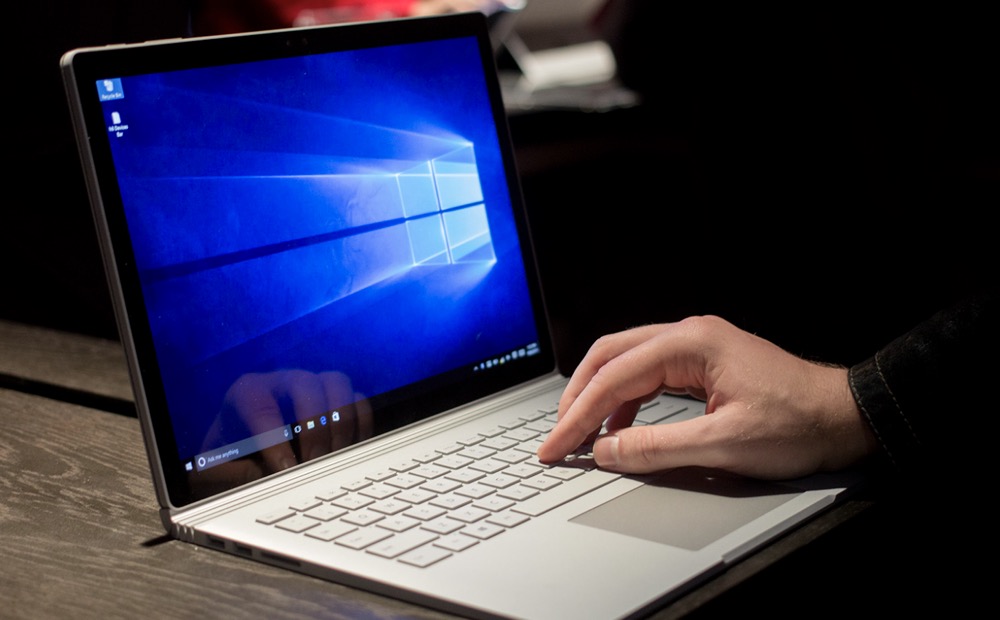If you have many pictures, documents, music and other digital files, you know that they can become unorganized. Follow the steps below to create a well organized, powerful computer organization system. These instructions are for Windows users, but the instructions can apply on other operating systems also, in the abstract.
Steps
Make folders.
If you have pictures, you need a pictures folder. Class-work requires a folder and sub-categories. Family Photos requires the sub categories: Family trips, or Family Occasions. If you also use this computer for work, make a work folder. Make folders for anything you need.
Organize with icons.
Right-click the folder and go to Properties. Under the Customize Tab, Under Change Icon You will be able to change the normal folder icon to a personalized one. If you are doing something with pictures, it may be a good idea to change the icon to a camera, and so on and so forth.
Personalize the computer.
More personalizing helps you remember things and organize. Explore things and right click everywhere. The Control Panel Is the best place to begin.
Don’t place your icons on the side.
Place them Left-to-Right, starting with the top and making your way down. This may seem unusual, but is much easier to see and is more neat and make sure they are in a good size to read them, medium is the best.
Make sure you have memory and back-up folders outside the network in case of data loss.
Remove unneeded files from your desktop.
Tips
- Look for more articles on personalizing your computer.
- Keep your personal folders no more than three folders deep, this will keep documents easy to find, and easy to remember.
- Don’t just name folders random letters, (like hdrukbxawth) because you think it’s a temporary folder. Always name them right or make a misc folder on your desktop and clean it once in a while.
Warnings
- Do not delete files you might possibly need.
- Do not delete files out of the Program files folder, C:WINDOWS folder or Documents and Settings folder.
- Do not delete registry keys or important system files!
- If the computer is shared, do not delete files that other people own.
- Folders named Temp or Temporary can be dangerous for organization. They usually end up being a “catch-all” for files that really should be organized or deleted. If you use a temp folder, make sure you take the time to sort through it at least once per week.
